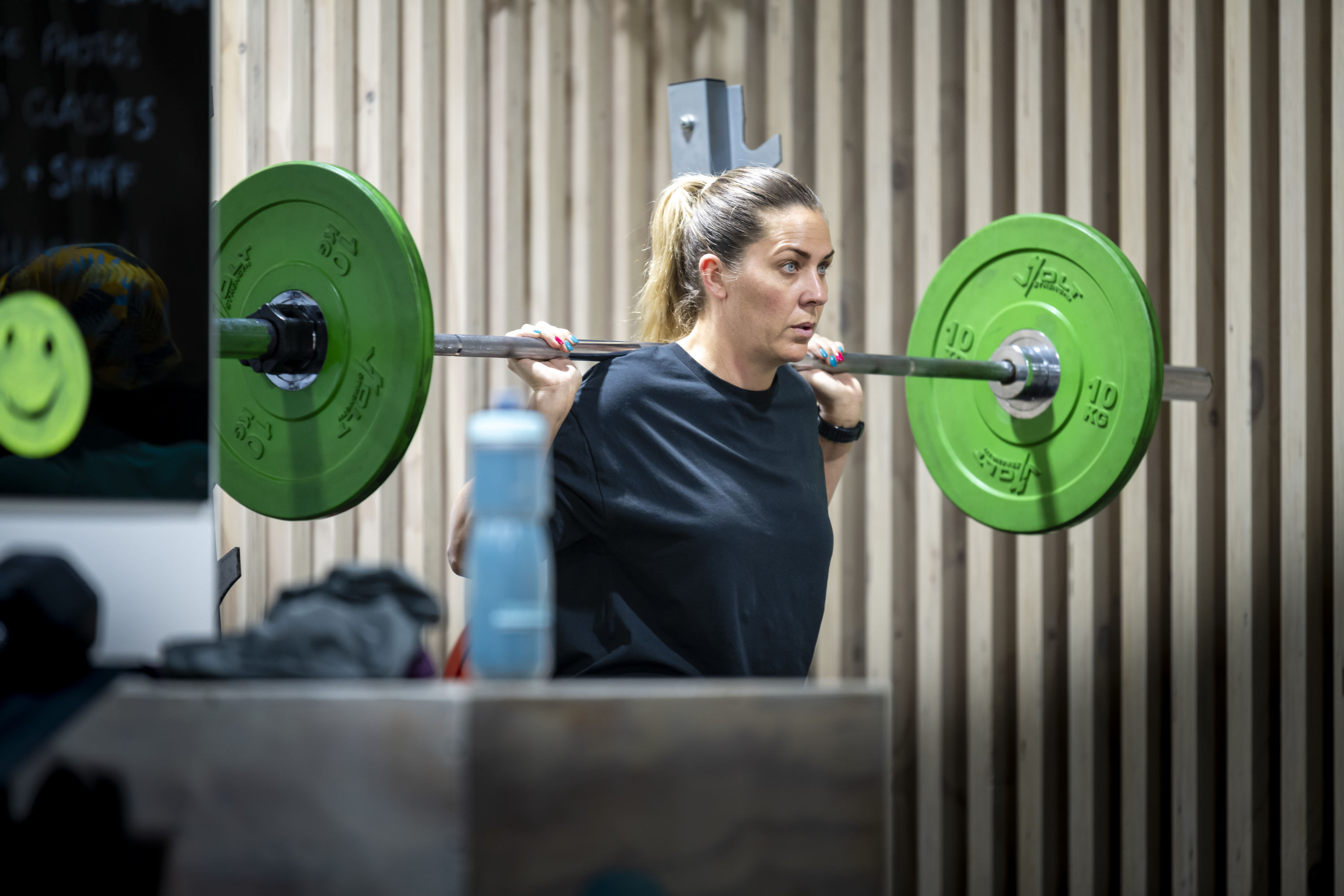
5 things you can do to help your pelvic floor:
40% women struggle with a pelvic floor dysfunction, with up to 50% of women experiencing a prolapse during their lifetime. Thankfully there are some simple tips and tricks to look after your pelvic health…
- Get your fluid intake right
If you struggle with leaking, urgency or frequency, it may be tempting to restrict your fluid intake. However, frustratingly dehydrated urine is more acidic, which may act as an irritant for the bladder and contribute to worsened symptoms! It’s important (for your general health as well as your bladder) to keep your urine a pale straw colour throughout the day - If it’s getting darker/brighter then it would be good to consider upping your fluid intake. We recommend doing this gradually, by just adding an additional 200ml a day initially.
It’s not just how much you’re drinking per day, but also how often. Those who are guilty of ‘camel hydrating’ by sculling a whole bottle at a time may struggle with urinary symptoms more than those who sip regularly throughout the day.
Lastly, consider what you are drinking, too. Do certain drinks worsen your symptoms? Some people may find caffeine or alcohol has them rushing to the loo. Everyone is different, so monitor your intake and your symptoms and see what works for you!
- Avoid constipation
Constipation is the mortal enemy of the pelvic floor... Chronic constipation and straining puts pressure on the pelvic floor muscles and can contribute towards prolapse symptoms. Keep your bowels soft and regular by keeping hydrated and eating a healthy diet full of fibre and whole foods as well as exercising regularly. Consider your toileting position… Are your knees higher than hips? Are you making sure to exhale? See a pelvic health physiotherapist if you’re still struggling.
- Keep strong and active
Pelvic floor dysfunction is one of the largest barriers for women participating in sport/exercise. There is more and more emerging evidence that reduced muscular strength, in particular strength of the glutes / hip muscles, is associated with pelvic floor symptoms. Keeping strong and active can actually prevent and improve pelvic floor symptoms - especially resistance training! Resistance training is particularly important for women approaching or post-menopause, as it can help protect bone density and muscle mass.
- Understand your pelvic floor
Many women who have a pelvic floor dysfunction aren’t actually weak, but rather struggle to connect with and coordinate their pelvic floor muscles. Get familiar ‘down there’ and feel the difference between a contracted and relaxed pelvic floor, as well as what is normal for you!
- Manage your stress
The pelvic floor is sensitive to any physical/emotional stresses, and you may find symptoms fluctuate along with stress levels. If you notice you struggle with flare ups of your symptoms, don’t forget to check in on how you’re managing day-to-day stress and consider implementing some mindful strategies, such as relaxation, breathing exercises or getting out in nature.
Research shows that when practised properly, mindfulness can reduce the frequency and urgency of an overactive bladder.






